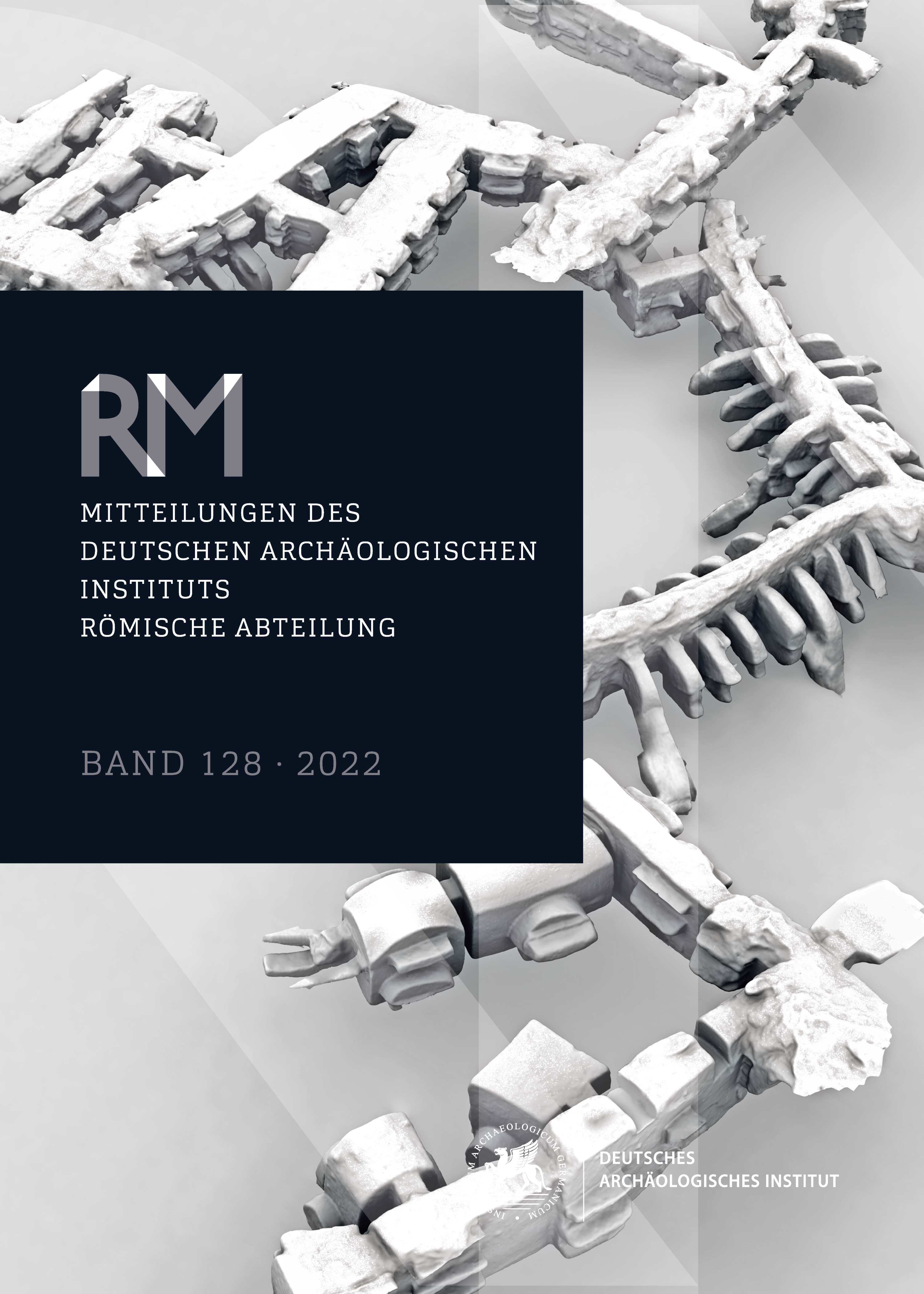The Vase as a Stage?
Assteas’ Calyx-Krater from Buccino and the Importance of Visual Parody in Paestan Vase- Painting
https://doi.org/10.34780/bz2g-3252
Abstract
In this paper, the problematic relationship between theatre and vase-painting is investigated by focusing on Assteas’ calyx-krater in Buccino, which depicts a parody of the rape of Kassandra. Since the scene has never been the subject of an iconographic analysis, a first detailed comparison with the other southern Italian depictions of the episode is provided. Besides showing how Assteas’ example is rooted in the southern Italian tradition, all the visual elements that depart from the ‘canonical’ iconography of the rape are identified in order to better understand the geloion. This also helps to challenge the assumption that the image’s origin lies in the treatment of the rape as found in drama. Comparing the fragment with the corpus of the phlyax vases, this article demonstrates how the former does in fact not represent a theatrical scene, as well as investigating how they achieve the comic effect differently in the visual field. Finally, an analysis of the literary sources entirely supports a non-theatrical origin for the parody, and instead reveals Assteas’ iconopoietic ability to use different comic devices.
Parole chiave:
Vase-Painting, Assteas, Kassandra, Parody





